When you arrive in Medellin Airport, you’re quickly reminded of the city’s reputation by the police dogs on the luggage belts trying to score some drugs. After the day trip to Guatape, I went out with some people from the trip near the city center at night but it was mainly full of strange people who, as most people told us the next day, were homeless drug addicts. We passed by the Parque de Periodista, which was very laid back and full of students playing music, smoking, drinking and just enjoying the cool Medellin night. We finally ended up in the touristic nightlife area and had probably my favorite new drink on this trip: Lemonade with coconut milk.
The next day I went on the free walking tour of Medellin with a very interesting guide, who studied acting & story telling. She is half colombian and half American and so had great english and was able to discuss the more controversial topics. Of course, the most interesting one was Pablo Escobar and how he is romanticized in western media in shows and movies such as Narcos or Escobar. Where he is often portrayed as a robin hood of the poor people and leading to the misconception that Medellin is so modern due to his donations. However it turns out that Medellin was always a rich and modern city. From the time it was first inhabited by some oppressed people, who just wanted someplace quiet and hidden to start a life. Medellin was the valley they settled in and soon started to discover how rich in resources their little spot is. They found gold, coal, started growing and exporting coffee, electricity (hydro power plants), textiles and even had the first rail road in Colombia and now have the only metro system. So it was always a rich and successful city and Pablo Escobar and the Medellin drug cartel destroyed all that with the violence they brought with them. This violence even went as far as pitting anti-government armies against each other to help protect their plantations and businesses, which led to many assassinations in Colombia’s history. So Pablo is not really seen as robin hood by the Paisas (people of Medellin) and he definitely did not invest much money in the city to compensate for the violence he caused. As a matter of fact, one colombian travel magazine mentioned once in an article about Medellin, that there are Pablo Escobar tours offered in the city, which is true. However, when the Paisas read this, they were furious and rallied for boycotting and stopping the magazine until the magazine had to retract the article. But the tours do exist and one of them is even run by Escobar’s brother, however most locals don’t know about them and if they did, they wouldn’t recommend it.
Some remains of the violence can still be seen in the city, for example in Plaza San Antonio, which is an empty square today. This used to be a location for celebration and during one of these celebrations and anonymous person left a bag of explosives next to the bird statue there and the bomb exploded leading to many casualties. Today the square is empty and has the remains of the bombed statue next to a new version of the statue. Both statues were gifts from Medellin’s probably most famous artist Botero and remind the Paisas of the violent past and gives them hope of a new beginning.
Another symbol of hope for the Paisas is the metro system. While a lot of things in Medellin are chaotic and the streets not always clean, it’s a different scene once you enter the metro system. All the stations and trams are kept very clean and people wait in lines around corners and over pedestrian bridges for their tickets! The metro to them is a symbol of hope, that if they all stick together it could lead to something great.
Another reminder we saw on the way was a demonstration on the streets to remind us of the people who went missing after the government (army) decided to raid one of the communas (slums), which was taken over by guirillas. It was quite a shocking and expressive demonstration as they recently discovered some mass graves nearby.
Again to help show some hope, a project was set up in the same Communa, Communa 13, and it now has escalators to help the residents reach their homes and give them something to be proud of and take care of. Which they do and the graffiti decorating the walls along the escalators are a sign of this. In another troubled Communa, where Escobar used to live, they introduced probably Medellin’s biggest library (Biblioteca Espana) to give people their a chance to a better life.
During the tour I noticed that there were lots of people on the streets during, it was a busy city. Some people even stopped to watch us, since they are not yet used to tourists visiting them. However at night most of the streets seemed empty somehow, probably still a habit from the violent years in their past.
The Paisas are apparently known for tricking you whenever they can, so what you see may not always be what you get. Along those lines you can find the city’s most popular red light districts behind some of the biggest churches. Another “trick”, which used to be more common than today, is using a chemical called Escapolamina, which is extracted from a special flower, to hypnotize people and take their money and valuables. I had heard about this from a friend before but couldn’t really imagine that it happens, but it did to our guide’s grandma. They usually put this extract on flowers or on bottle caps, so that the victim can get in contact with it. Afterwards, the victim is helpless for a few hours and completely at the will of the criminals. However, according to our guide, they stopped using this chemical because it was often also affecting the criminals themselves.
One funny thing from their past that they will probably never forget reminded me a lot of Egypt. It was a goal in the 1990 World Cup, which made them draw 1-1 with Germany and move to the next round. Fredy Rincon is still considered a national hero today. For those outside Egypt, we also had a goal like that in Italia 90 against the Netherlands but we didn’t make it to the next round or to any World Cups after that :-/
I spent the last day in the city with a girl from the hostel, who had dengue fever and had to go to the hospital, but didn’t really feel well about going alone. The hospital was quite fancy and expensive, but we were really disappointed that even in such a place, not many people or even doctors spoke english. A lot of the youth want to study but unfortunately university places are scarce. Only around 100 of 5000 applicants are accepted in medical school for example. In general I had the impression that there was a very positive momentum by the people of Medellin to get away from their dark past and move on to a brighter future as the colombian peace process talks continue as I continue to discover Colombia.
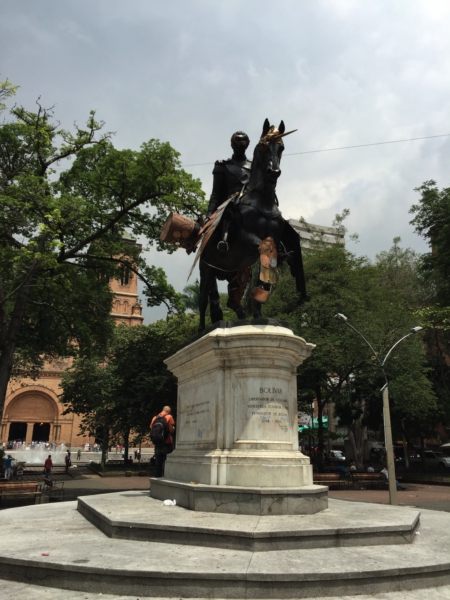
Some of the more important statues in the squares have been pimped up with copper accessories to capture people’s attention again. Ex. The unicorn horn.

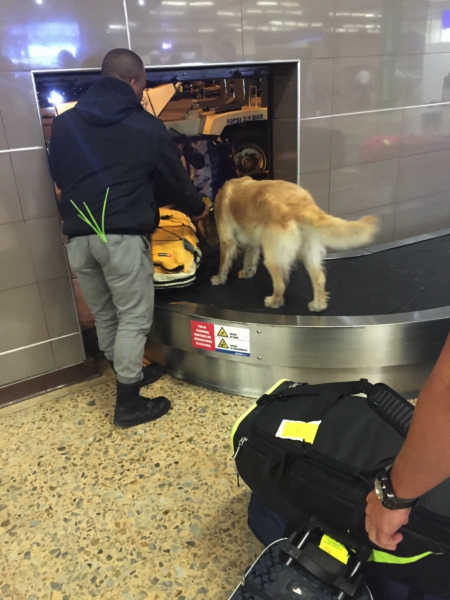

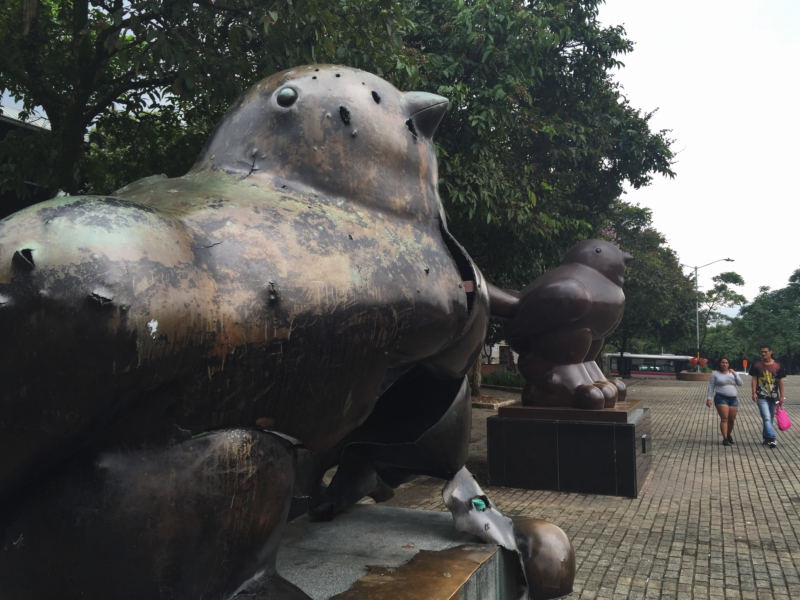

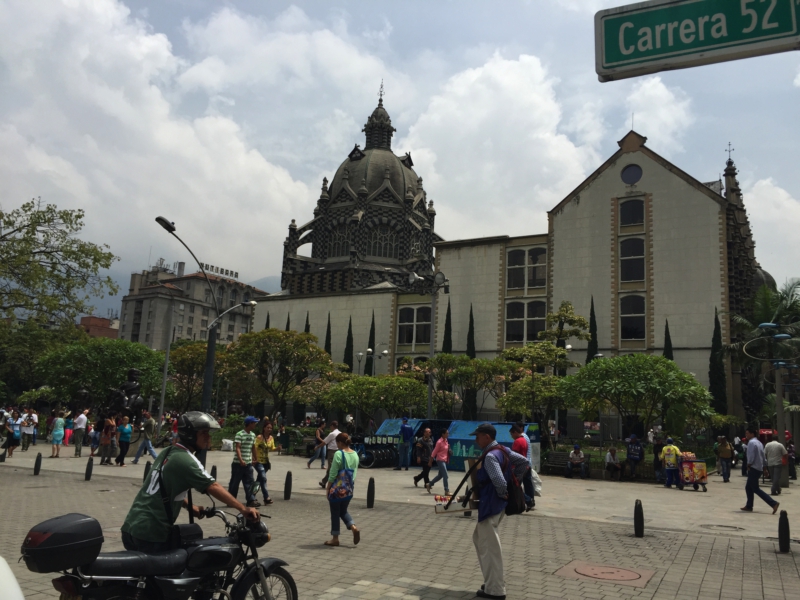
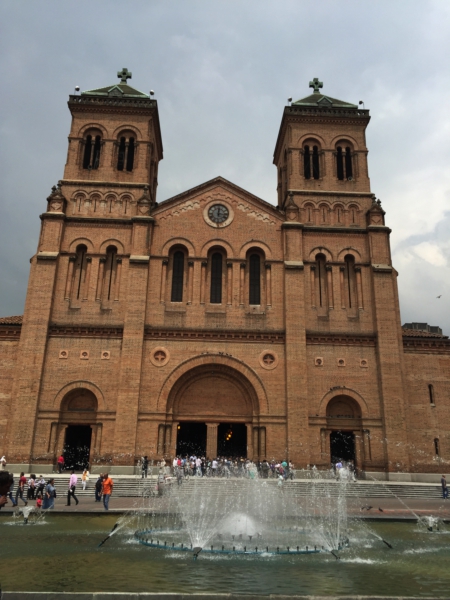
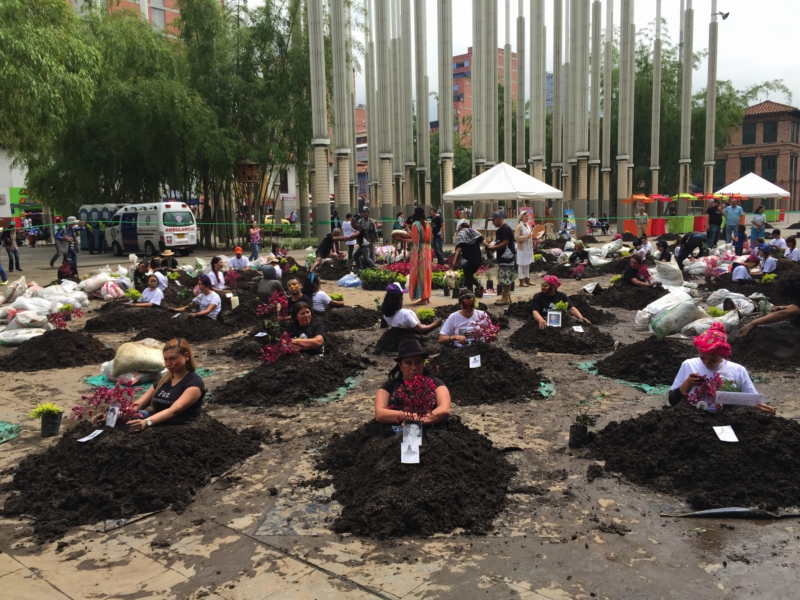

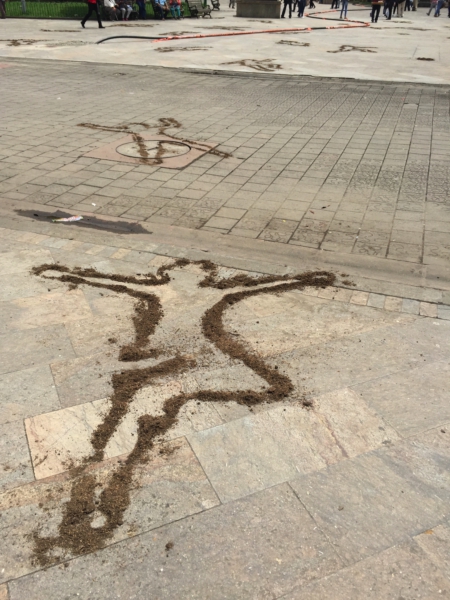
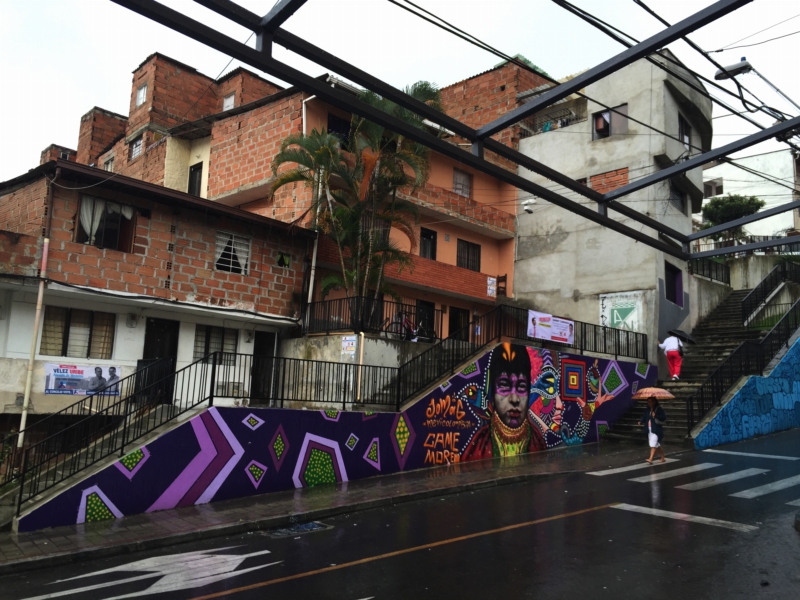
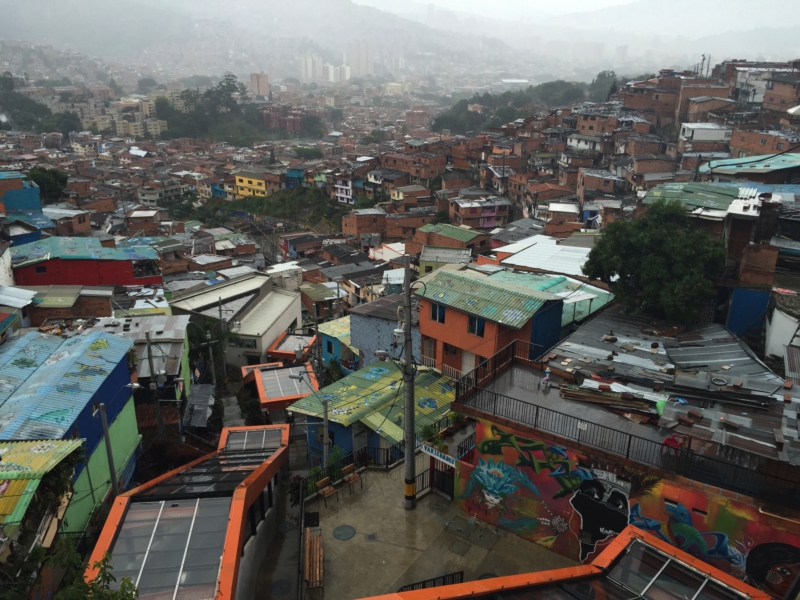
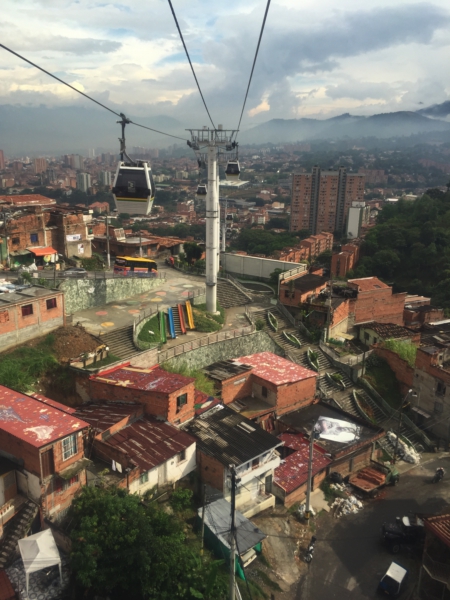
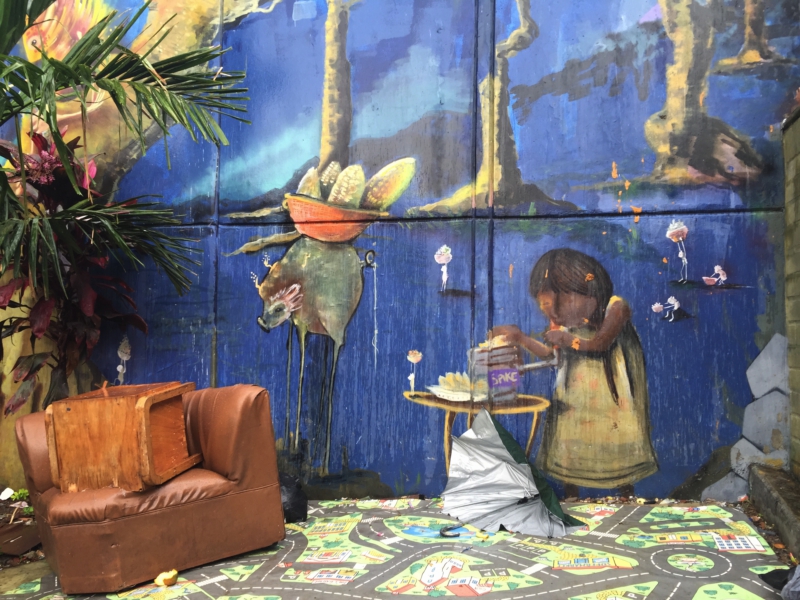
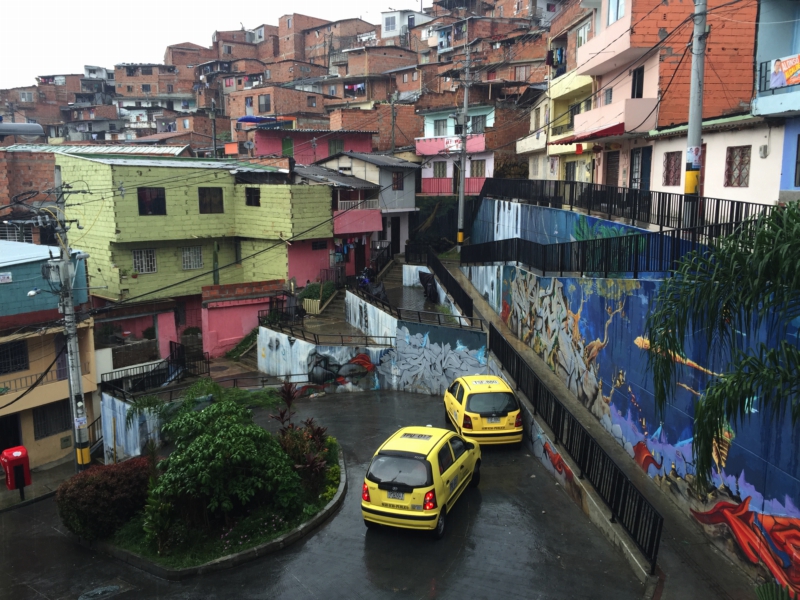
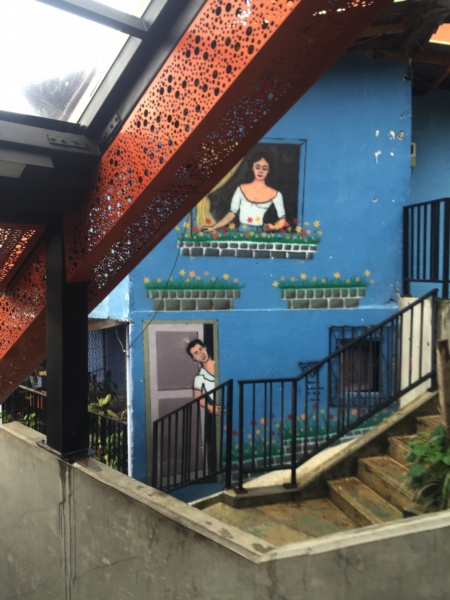

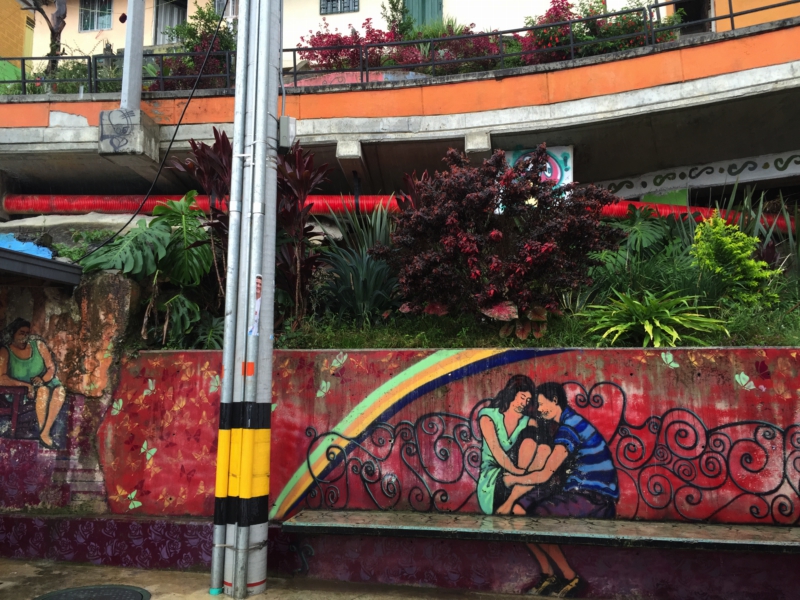




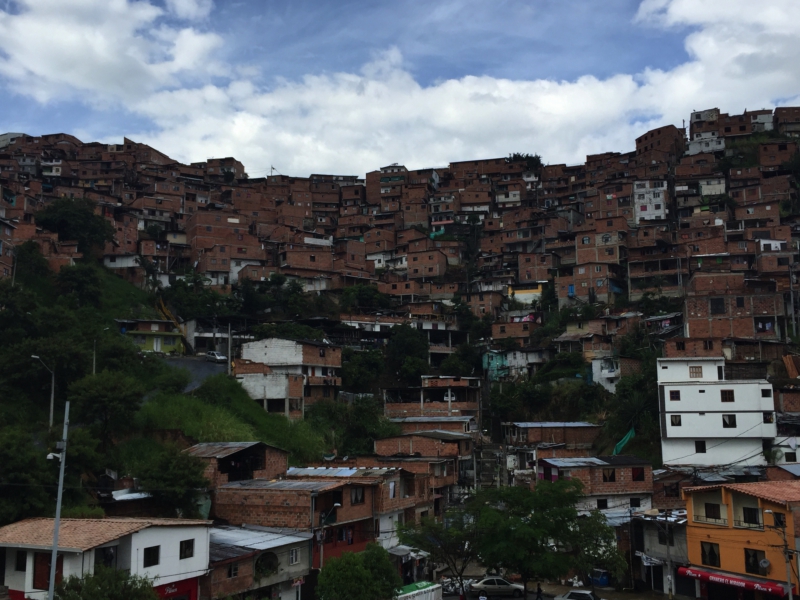

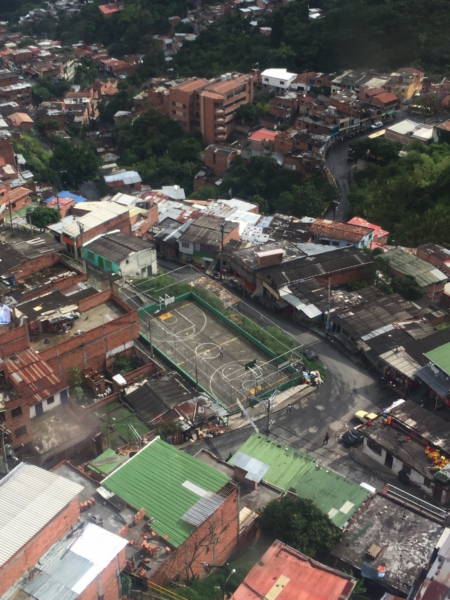
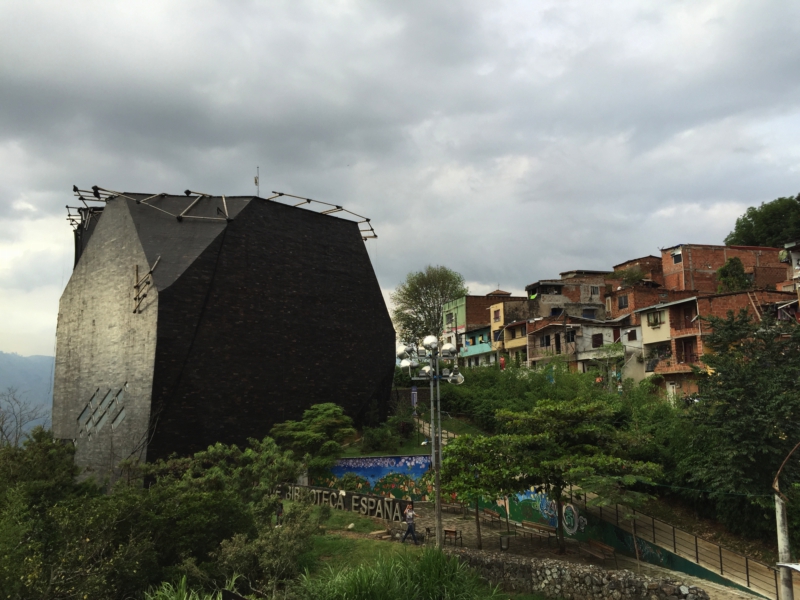

Pingback: Sipping Aromatica in Bogota | The road Mo traveled
Pingback: I give you the world’s tallest palm trees! – The road Mo traveled